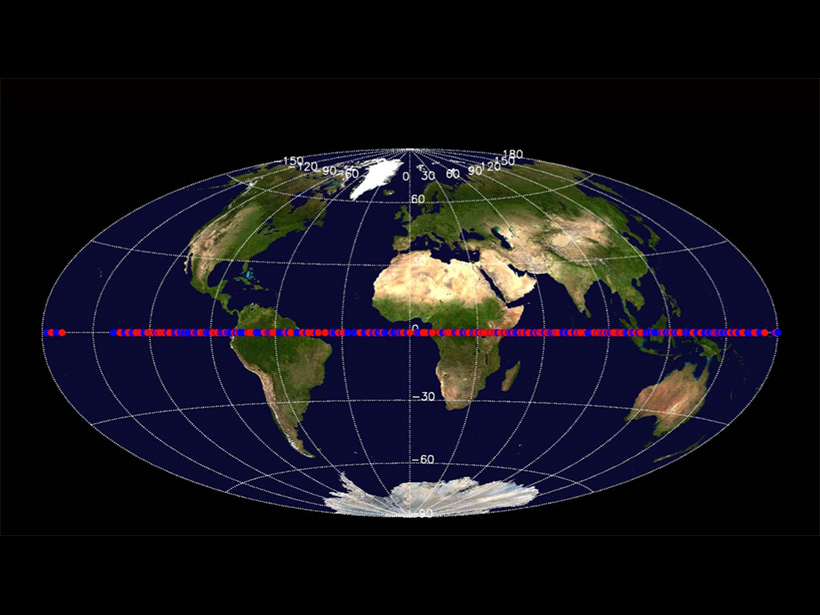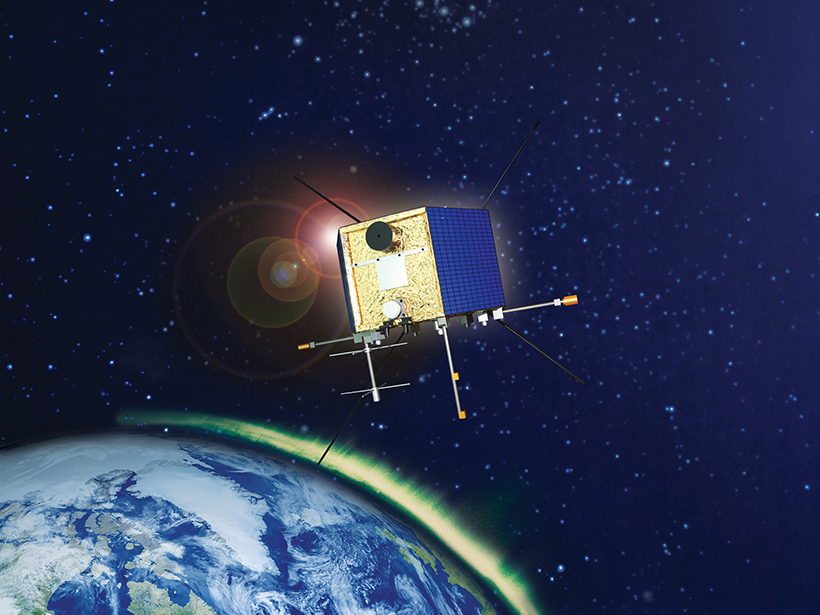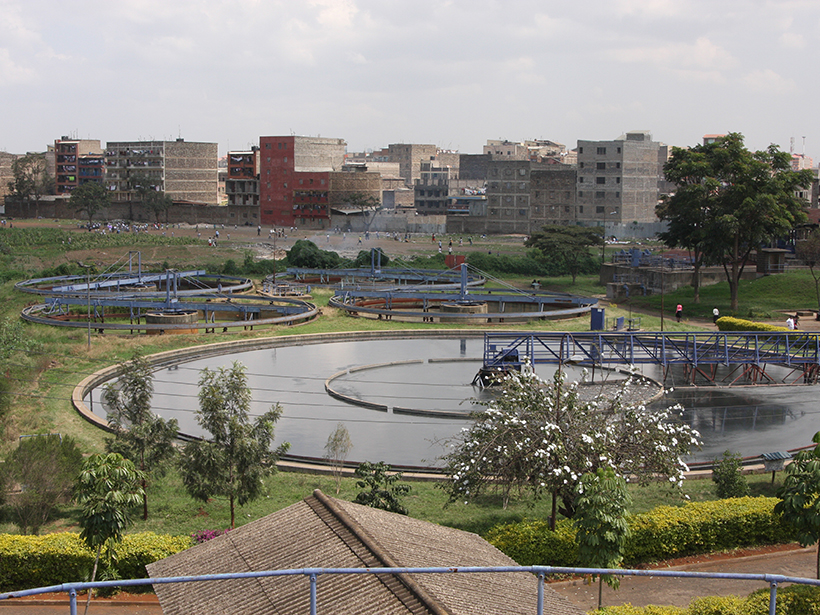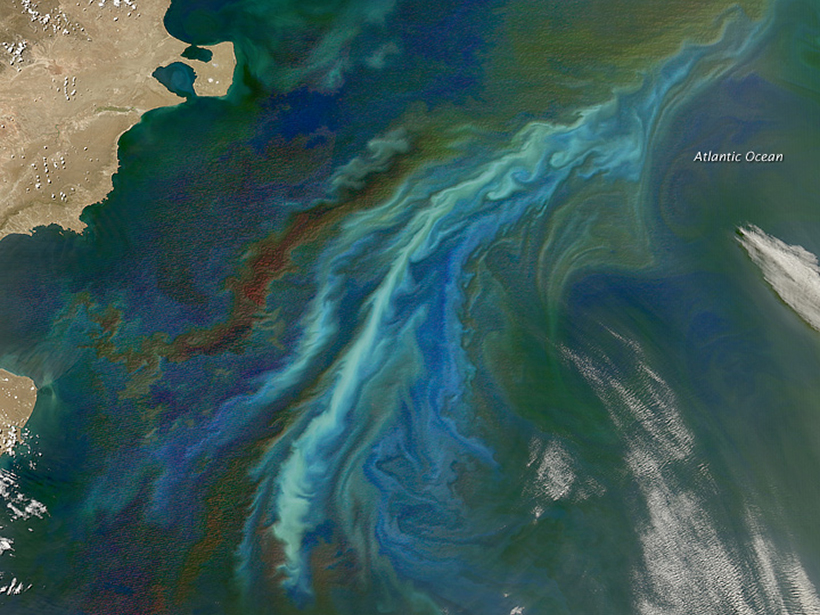A new model predicts electron and ion fluxes at geosynchronous orbit an hour ahead of time, allowing satellite operators to protect their instruments.
Research Spotlights
Research spotlights are plain-language summaries of recent articles published in AGU’s suite of 24 journals.
Going Against the Flow: Documenting Seasonal Current Reversal
Scientists discover the source of a coastal Korean current that reverses its flow in the summer.
An Ancient Sea Once Separated the Pacific and Indian Oceans
Seafloor under the hypothesized East Asian Sea vanished 10 million years ago as surrounding plates swallowed it up, according to new reconstructions of plate tectonics in the Philippine Sea region.
Tracking Ions at the Edge of the Atmosphere
The first results from a recently launched satellite hold promise for studying solar storms, the very top of Earth's ionosphere, and how the atmosphere is evolving.
Water Subsidies May Not Be Going to Those Who Need Them Most
A new study finds a widely used water tariff does not effectively deliver subsidies to intended beneficiaries in Nairobi, Kenya.
Mapping the Movement of Energy Under Japan
New research on the energy waves caused by earthquakes provides the most detailed map to date of the subduction zone beneath Japan.
A New Mechanism for Nitrogen Cycling in the Southern Ocean
A nitrite-oxidizing enzyme may work in reverse for some microbes in the Antarctic autumn.
Tackling the Paris Temperature Targets
The global temperature targets established in Paris in 2015 are ambitious; new research examines what it would take to achieve those targets.
How Irrigation in Asia Affects Rainfall in Africa
Up to 40% of the total rainfall in arid parts of East Africa may be caused by water vapor from farming practices in South Asia.
In the Eastern Pacific Ocean, the "Blob" Overshadows El Niño
Underwater gliders and ocean modeling reveal unexpectedly weak El Niño effects on a major West Coast current.









